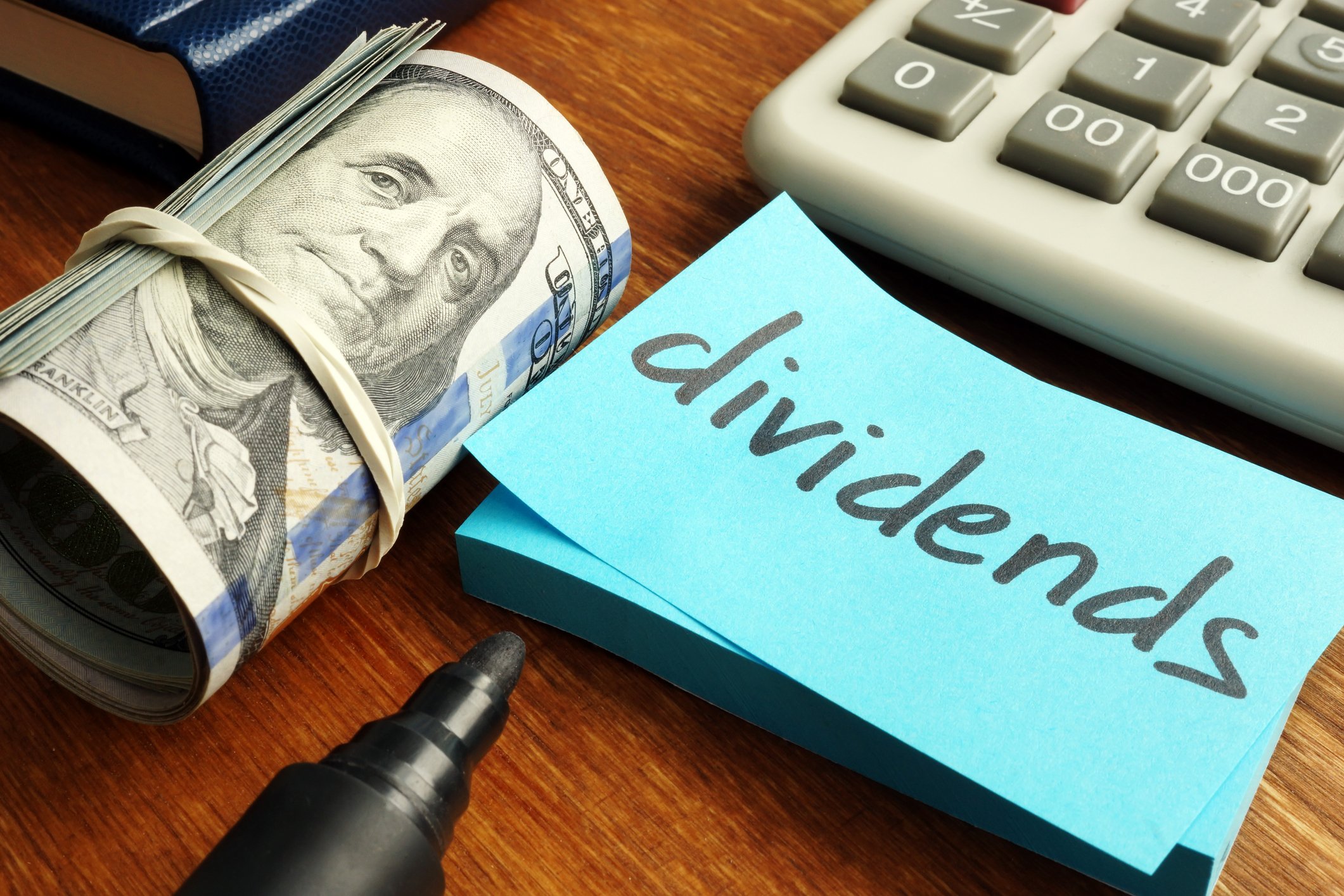Ski resort operator Vail Resorts (MTN +0.11%) has seen amazing growth over the past several years, as the company has made efforts to broaden its network of properties in order to offer winter-sports fans the widest variety of locations in which to ski, snowboard, and otherwise enjoy the snow season. This year, Vail has also gotten the benefit of a great start to winter at many of its resorts. That's what made the company's early season warning in January so surprising.
Coming into Friday's fiscal second-quarter financial report, Vail Resorts investors wanted to make sure that the company would be able to rebound and move in the right direction. Vail remained conservative about its prospects for the immediate future, but its results gave shareholders some reassurances that the ski giant is working to take advantage of the best weather conditions in years.

Image source: Vail Resorts.
Vail Resorts hits the slopes
Vail Resorts' fiscal second-quarter results showed a nice recovery from recent challenges. Total revenue came in at $849.6 million, climbing by 16% from the year-ago quarter and comparing favorably to the 14% growth that most investors were expecting to see. Net income was down 12% to $206.3 million, but after adjusting for the benefits of tax reform in the year-ago period, adjusted net income was higher by more than 20%, and the company's earnings of $5.02 per share topped the consensus forecast among investors by $0.19 per share.
Across its segments, Vail Resorts generally did well. Total net mountain revenue was higher by 16%, with the key lift business seeing 17% sales gains. Solid performance in the dining and ski school areas also helped contribute to Vail's recovery on the slopes, and even though retail and rental sales lagged slightly, 11% growth in that area was still solid.
Vail's lodging segment was also strong. Segment revenue picked up 15%, with growth of 20% or more in both the company's managed condo rooms and its dining business. Sluggish performance in its hotel and transportation areas held back growth, but operating margin for the segment fared well as Vail did a good job of keeping costs in that part of the business under control.
However, the news wasn't all good. Operating expenses for the mountain segment grew at a faster pace than sales, with labor costs jumping 20%. Despite efforts to keep overhead expenses in check, resort-related fees were higher by 16% versus the year-earlier period.
CEO Rob Katz tried to explain the slow start and subsequent rebound. "In the pre-holiday period, destination guest visitation at our U.S. resorts was less than expected," Katz said, "which we attribute to guest concerns after two prior years of poor pre-holiday conditions." Yet as the CEO explained it, later in the quarter, "with the favorable conditions at our U.S. resorts, we saw strong visitation growth among our local guests, who are primarily pass purchasers."
Check out the latest earnings call transcript for Vail Resorts.
Can Vail keep building up speed?
That said, Katz did follow up on the company's January warning, confirming the reduction in guidance for the full 2019 fiscal year. Vail now expects net income of between $268 million and $300 million, down from the $288 million to $335 million that it had predicted near the beginning of the fiscal year. That would put earnings per share in a rough range between $6.50 and $7.50, which is consistent with current investor expectations but still a big drop from the more than $9 per share that Vail earned in fiscal 2018.
Vail hasn't hesitated to adapt to changing conditions. The season pass lineup for 2019-20 will include a new Epic Day Pass, which offers a way for those who don't need unlimited skiing privileges to enjoy Vail's resort network more effectively. The program allows visitors to buy discounted lift tickets before the ski season starts, allowing more predictable projections on revenue early in the season. Moreover, it's likely that once visitors use the pass, they'll be encouraged to consider upgrades to more-inclusive season passes.
Also, Vail has expanded in Australia. As the company said in late February, it will acquire the Falls Creek and Hotham resorts in the State of Victoria for $174 million Australian ($122.4 million). The move will give Vail more seasonal diversification in its revenue flows, because the snow season in the Southern Hemisphere is during the Northern Hemisphere's summer.
Vail Resorts investors breathed a sigh of relief at the news, and the stock climbed 4% in pre-market trading following the announcement. Vail still has work to do to regain its shareholders' full confidence, but the latest news is a step in the right direction for the winter-sports resort giant.






